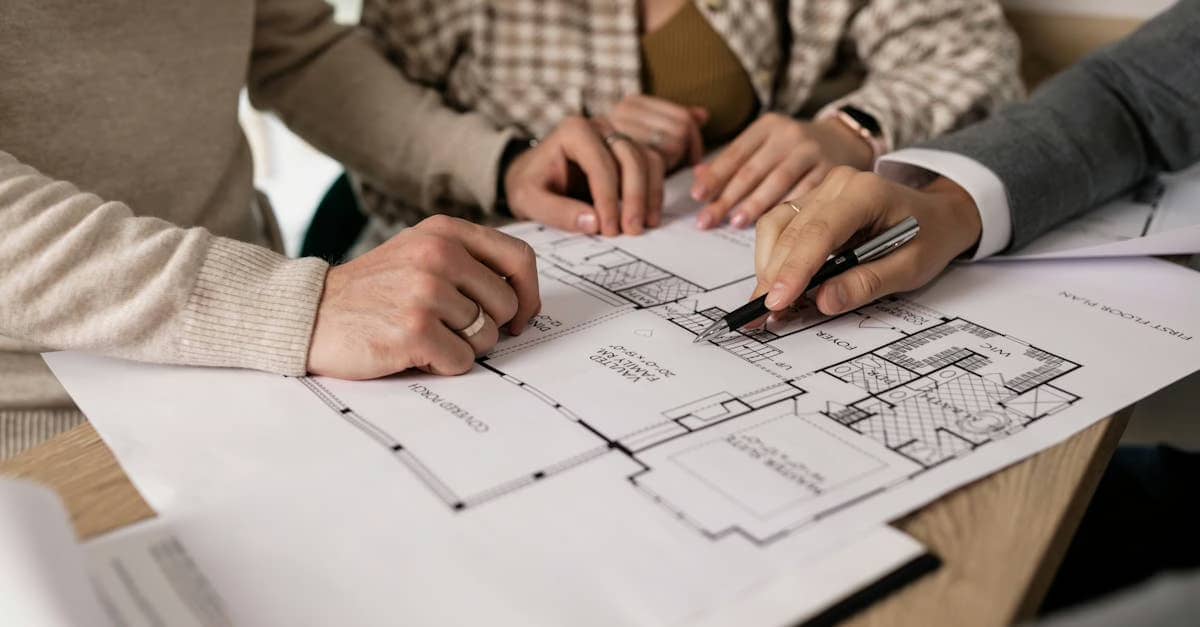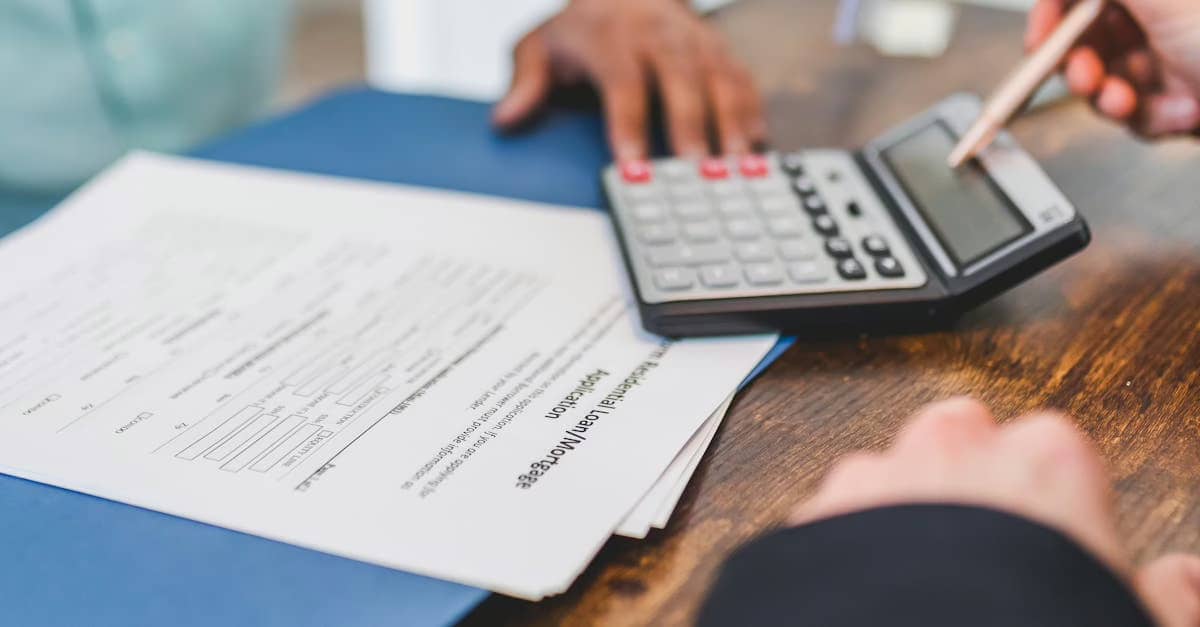From VA to Transaction Pro: Crafting Unforgettable Client Experiences
From VA to Transaction Pro: How to Design Unforgettable Client Experiences is not just a catchy title; it represents a critical evolution for real estate brokerages. In today’s competitive market, merely processing paperwork isn’t enough. Brokers face the persistent challenge of scaling operations and managing increasing transaction volume while simultaneously elevating the client experience and navigating complex real estate broker compliance requirements. Delegating tasks to virtual assistants (VAs) is a start, but transforming that support into a seamless, professional transaction coordination process that delights clients requires strategic design, intelligent tools, and a focus on efficiency and compliance. This journey from basic VA utilization to becoming a Transaction Pro-level operation is where real growth and lasting client relationships are forged.
Building the Foundation: Systems and Structure
The first step in moving From VA to Transaction Pro: How to Design Unforgettable Client Experiences is laying a solid operational foundation. This involves clearly defining roles, responsibilities, and repeatable processes for every stage of the transaction lifecycle. Without structured systems, even the most capable VA can struggle, leading to inconsistencies, missed deadlines, and potential compliance issues. For real estate brokers, this is a major operational pain point – a lack of standardization means relying on individual heroics rather than robust, scalable workflows.
Defining Transaction Milestones and Checklists
Start by mapping out every step from contract to close. Identify key milestones like escrow opening, inspection periods, appraisal, loan commitment, and closing. For each milestone, create detailed checklists. What documents are needed? Who is responsible for collecting them? What communication is required with the client, co-op agent, lender, and title company? These checklists become the operational blueprint for your transaction coordination team, whether they are in-house or virtual assistants for real estate.
Importance of Granularity
The more granular your checklists, the less room there is for error. Don’t just list “Order Appraisal”; specify “Confirm appraisal ordered,” “Track appraisal status,” “Receive appraisal report,” “Review appraisal report for discrepancies,” and “Send appraisal report to client with summary.” This level of detail ensures consistency and makes training new team members, including virtual assistants, much more effective.
Leveraging Automation and Intelligent Tools
Scaling operations and enhancing client experience cannot rely solely on manual effort, even with dedicated VAs. The path From VA to Transaction Pro: How to Design Unforgettable Client Experiences is paved with automation and smart tools. ReBillion.ai offers workflow automation tools specifically designed for real estate, helping to automate repetitive tasks, manage documents, and ensure timely communication.
Automating Document Management and Compliance
Handling transaction paperwork is arguably the most time-consuming aspect. An AI-powered transaction coordinator can automate the creation, organization, and tracking of documents. This is crucial for real estate broker compliance. Instead of a VA manually checking off forms, the system can prompt for required documents based on transaction type and jurisdiction, ensuring nothing is missed. ReBillion.ai’s agent-broker compliance monitoring capabilities can automatically flag missing signatures or expiring contingencies, significantly reducing risk for the brokerage.
Streamlining Communication and Reminders
Automated reminders for key dates, follow-ups with parties, and status updates to clients free up your team to focus on high-value activities. Imagine a system that automatically sends a “Congratulations on going under contract!” email with next steps, followed by reminders about inspection deadlines or loan contingency removals. This not only improves efficiency but also provides a consistent, professional communication flow, which is vital for an unforgettable client experience.
Strategic Deployment of Virtual Assistants
Virtual assistants for real estate are invaluable when deployed strategically within a well-defined system. They transition from basic administrative support to becoming integral components of a sophisticated transaction management process. The journey From VA to Transaction Pro: How to Design Unforgettable Client Experiences involves empowering VAs with the right tools and clear directives.
Empowering VAs with Access and Training
Provide your VAs with access to your transaction management platform, CRM, and necessary communication tools. Crucially, invest in training. Don’t just give them a list of tasks; explain the ‘why’ behind each step, particularly concerning compliance. A VA who understands the importance of specific disclosures or deadlines is far more effective and less likely to make errors that could impact the brokerage or the client experience.
Focusing VAs on High-Touch Client Interaction
Once automation handles the routine, VAs can focus on personalized client communication. They can be tasked with checking in with clients regularly, answering basic questions (using canned responses or scripts provided by the broker), scheduling appointments, and ensuring clients feel supported throughout the process. This human touch, supported by efficient back-office operations, is a hallmark of a Transaction Pro-level service.
Integrating AI Transaction Coordinators
The evolution From VA to Transaction Pro: How to Design Unforgettable Client Experiences culminates in the integration of advanced tools like AI transaction coordinators. These intelligent systems can work alongside human VAs and TCs to provide unparalleled efficiency, accuracy, and compliance oversight.
How AI Elevates Transaction Management
AI can analyze transaction data, predict potential roadblocks, identify missing information, and even draft initial communications based on predefined templates. For a busy broker managing multiple deals, this level of support is transformative. It reduces the manual load on transaction coordinator tools and personnel, ensuring that complex transactions are handled smoothly and compliantly. ReBillion.ai offers AI-powered transaction coordination that learns and adapts to your brokerage’s specific workflows.
Ensuring Broker Compliance Tools are Utilized
AI can act as an extra layer of compliance protection. By cross-referencing documents against regulatory requirements and brokerage policies, AI tools can proactively alert brokers or TCs to potential issues before they become costly problems. This is invaluable for maintaining real estate broker compliance in an ever-changing regulatory landscape.
Designing the Unforgettable Client Experience
Ultimately, the goal of evolving From VA to Transaction Pro: How to Design Unforgettable Client Experiences is to differentiate your brokerage through service. This means going beyond meeting expectations to exceeding them. It’s about making clients feel informed, supported, and valued at every touchpoint.
Mapping the Client Journey
Understand the transaction from the client’s perspective. What are their pain points? What information do they need and when? Design communication workflows that are proactive rather than reactive. Use your CRM (like ReBillion.ai’s Smart CRM and Deal Pipelines) to track client preferences and communication history, enabling personalized interactions.
Adding Value Beyond the Transaction
Consider adding value beyond the core transaction steps. This could include providing helpful resources (moving checklists, utility transfer guides), sending personalized closing gifts, or establishing a system for post-closing follow-up. These small touches, facilitated by efficient back-office support from virtual assistants and automation, contribute significantly to an unforgettable experience and encourage referrals.
Actionable Tips for Brokers and Admins
- 1. Audit Your Current Client Journey: Walk through a typical transaction from the client’s shoes. Identify bottlenecks, communication gaps, and points of confusion.
- 2. Define VA Roles with Precision: Clearly outline tasks, responsibilities, and required communication protocols for your virtual assistants for real estate. Provide scripts and templates.
- 3. Implement Workflow Automation: Identify 3-5 repetitive tasks (e.g., document requests, reminder emails) and automate them using a platform with workflow automation tools.
- 4. Establish Clear Compliance Checkpoints: Integrate compliance checklists into your transaction process and use tools that flag missing items or deadlines automatically. Leverage agent-broker compliance monitoring features.
- 5. Gather Client Feedback: Implement a system for collecting feedback after closing. Use this information to continuously refine your processes and enhance the client experience.
Why It Matters: Operational and Financial Impact
The transformation From VA to Transaction Pro: How to Design Unforgettable Client Experiences isn’t just about making clients happy; it has significant operational and financial implications for your brokerage. Efficient transaction management reduces the burden on agents, allowing them to focus on lead generation and sales. This directly impacts the bottom line through increased deal volume.
Furthermore, robust real estate broker compliance processes minimize risk. Fines, lawsuits, and damage to reputation from compliance failures can be incredibly costly. Investing in transaction coordinator tools, smart back office systems, and AI support is an investment in protecting your brokerage and ensuring sustainable growth. Unforgettable client experiences lead to repeat business and referrals, the most cost-effective forms of lead generation. When you transition From VA to Transaction Pro, you build a more resilient, profitable, and reputable brokerage.
Key Points
Elevating operations From VA to Transaction Pro: How to Design Unforgettable Client Experiences requires structured systems, leveraging real estate automation, strategic use of virtual assistants for real estate, and adopting AI transaction coordinators. This focus enhances compliance, improves efficiency, and creates memorable client journeys, leading to significant operational and financial benefits for brokerages.
FAQs
How can a VA help with transaction coordination?
VAs can handle administrative tasks like document collection, data entry, scheduling, and client communication, freeing up TCs for more complex work, especially when guided by smart transaction coordinator tools.
What is AI transaction coordination?
AI transaction coordinators use artificial intelligence to automate tasks, analyze data, identify compliance risks, and provide predictive insights within the transaction process.
How does automation improve real estate compliance?
Automation ensures consistent processes, triggers reminders for critical dates, and can use agent-broker compliance monitoring to flag missing or incorrect information, reducing human error.
Can virtual assistants handle client communication?
Yes, with proper training and scripts, virtual assistants for real estate can manage client updates, answer basic questions, and schedule appointments, providing valuable client support.
Why is client experience important in real estate?
An unforgettable client experience leads to client satisfaction, positive reviews, repeat business, and valuable referrals, which are crucial for brokerage growth.
Resources
Learn About AI Transaction Coordinators
Explore Virtual Assistants for Real Estate Brokerages
Read More ReBillion.ai Blog Posts
Conclusion
The path From VA to Transaction Pro: How to Design Unforgettable Client Experiences is a strategic investment in your brokerage’s future. By implementing structured systems, embracing real estate automation, empowering virtual assistants, and leveraging advanced AI transaction coordinator tools, you not only streamline your operations and bolster real estate broker compliance but also cultivate client relationships that drive long-term success. This evolution transforms routine processes into a competitive advantage, ensuring every client interaction is a testament to your brokerage’s professionalism and commitment to excellence.
ReBillion.ai helps real estate brokers streamline operations with AI-powered transaction coordination, virtual assistants, and intelligent back-office automation. Whether you’re scaling your team or closing more deals, ReBillion.ai is built to simplify your brokerage’s compliance, efficiency, and growth. Visit ReBillion.ai to explore solutions or schedule a consultation.


